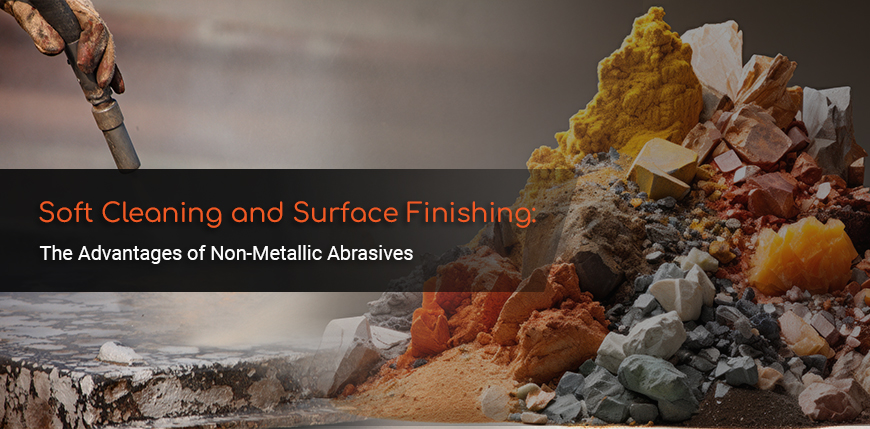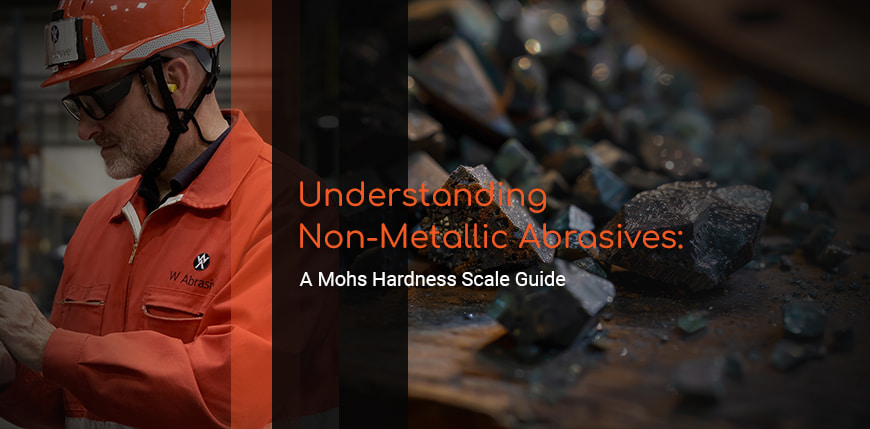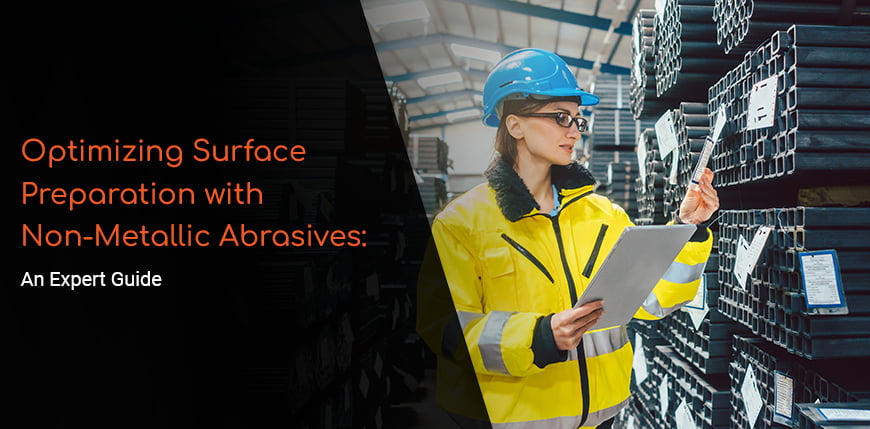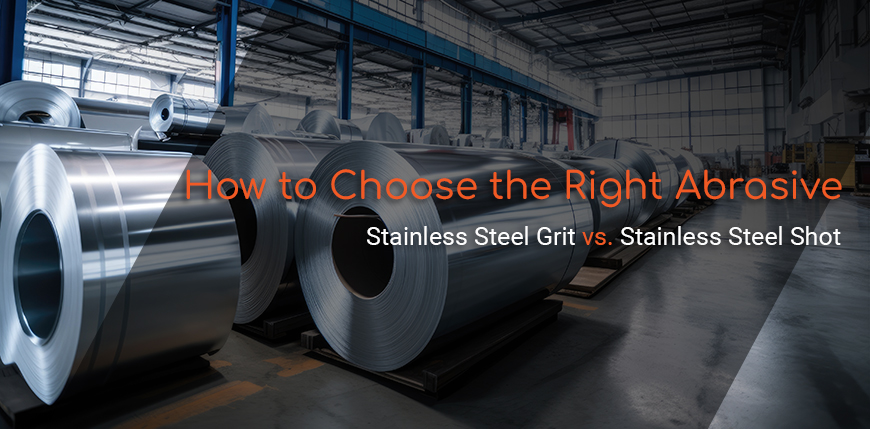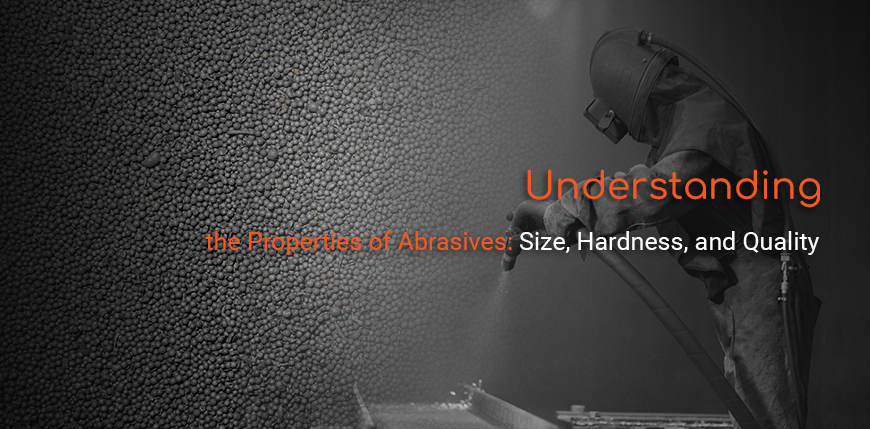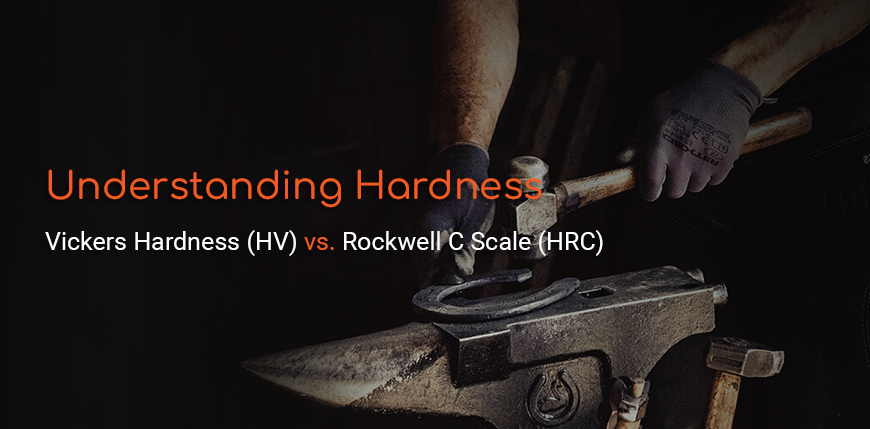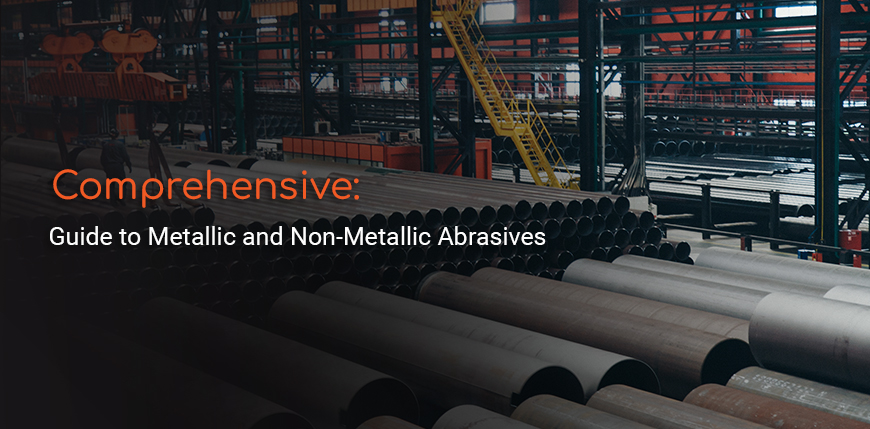The Distinctive Benefits of Non-Metallic Abrasives
Non-metallic abrasives are valued for their ability to clean and finish surfaces without compromising the material's integrity. Their softer nature makes them ideal for applications where preserving the underlying surface is crucial:
- Glass Beads and Plastic Media: Known for their gentle cleaning capabilities, glass beads



